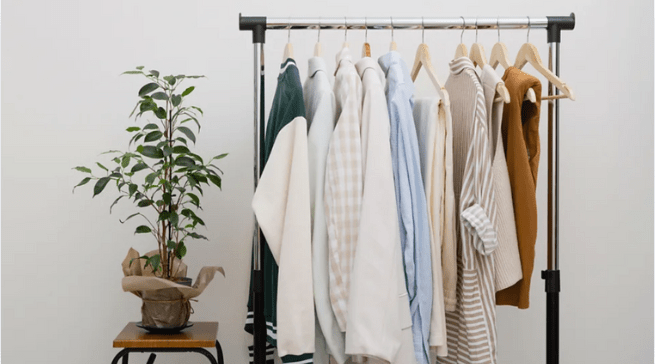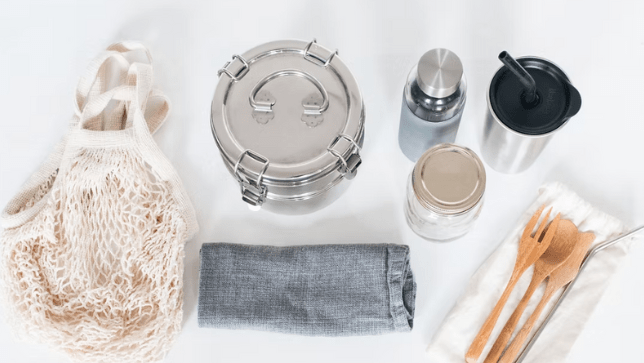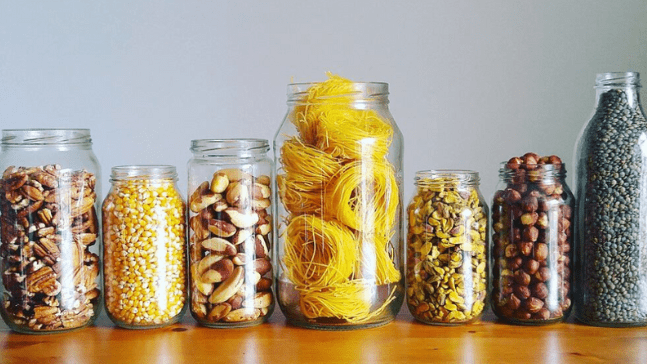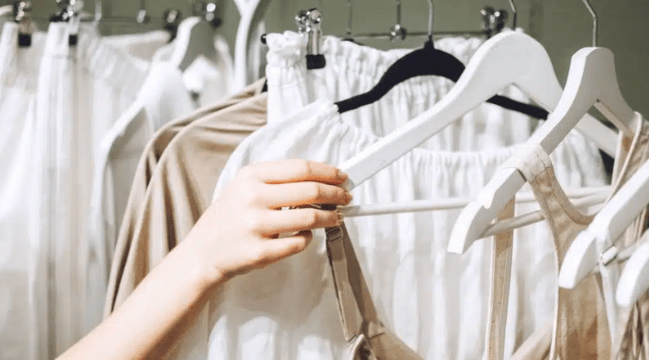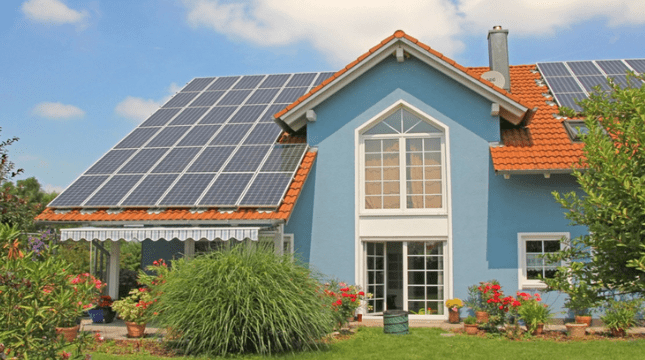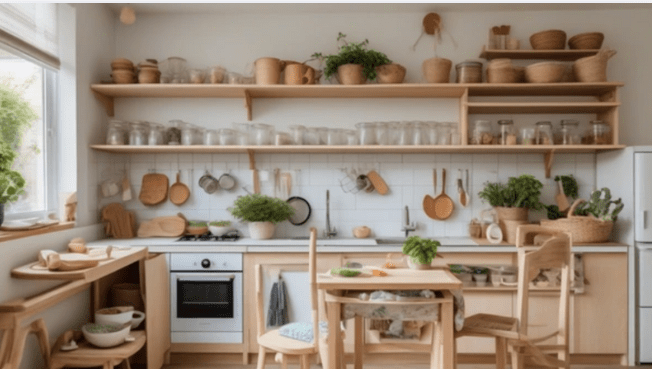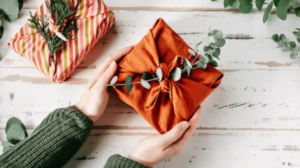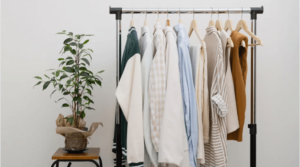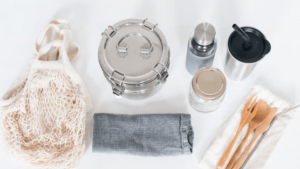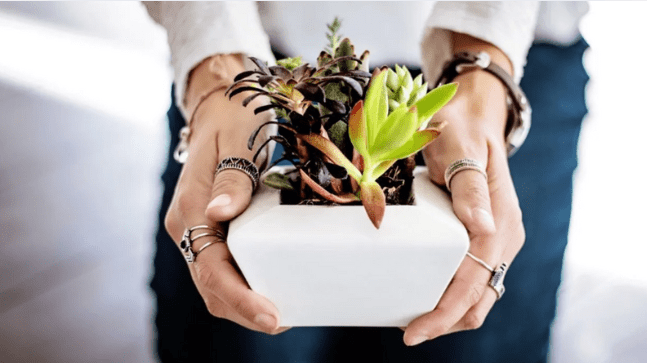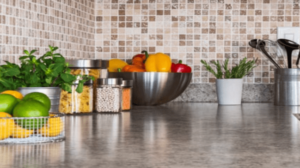Designing an environmentally friendly home doesn’t mean compromising on style or comfort. Indeed, that which is sustainable in decor often yields warmer, more personal, and healthier spaces. This comprehensive guide spans the range from choosing materials to furniture, using plants to decoration and featuring sustainable DIY projects that help ’give back to the planet’ as well as express personal style.
Why Eco-Friendly Home Decor Matters: It’s More Than Just Looks
By decorating your home with sustainability in mind, you can minimize your impact on the environment in several ways:
-
Conservation of Resources: When your material has been reclaimed or sourced sustainably you are not depleting forests and mining and using chemicals.
-
Healthier lifestyle: Natural, non-toxic elements create healthier indoor air quality to protect you from chemicals and pollens that have the potential to cause allergy, asthma and other health related issues.
-
Reduces Waste: Long-lasting timeless decor eliminates the wastefulness of throwaway culture and landfills.
-
Savings on Energy: Selecting more efficient lighting and appliances reduces electricity consumption and costs.
-
Supporting Ethical Practices: Purchasing from artisans and companies with fair labor and eco-standards allows communities to prosper.
Materiality in Depth: Sustainable Materials
Wood: Why You Should Reconsider Using It: Sustainable wood and recycled lumber
Wood, sustainably harvested — like other forest products, it can be certified by the Forest Stewardship Council (FSC), which guarantees responsible forest management. Reclaimed wood is sourced from weathered buildings and old furniture, showing character marks and artful patina.
Example:
-
Nothing says home like a reclaimed wood dining table.
-
Reclaimed hardwood shelving serves as a one-of-a-kind focal point that also saves trees.
Tip: When buying wood furniture, always ask for certifications and inquire about sourcing.
Natural Fibers for Textiles
Natural materials are breathable and biodegradable.
-
Cotton: Cotton is another crop that’s heavily sprayed with pesticides, so go organic to steer clear of the chemicals.
-
Linen: A strong, moisture-wicking fabric, linen is produced from flax.
-
Hemp: A very resilient fiber, hemp grows very fast without much need for water or chemicals.
-
Jute and Sisal: Jute and its cousin, sisal, make for great rugs and baskets, being robust and natural.
Example:
-
Linen drapes allow light to filter through them, and outlast man-made materials.
-
Hemp upholstery wears well over time and doesn’t show wear and tear.
Care: Cool water wash, gentle cycle, no harsh laundry detergents to extend the life of your item.
Non-Toxic Paints and Finishes
Most traditional paints emit VOCs that are bad for health and the environment. Look for:
-
Chemical-free or low-VOC options, such as those from ECOS Paints or Benjamin Moore Natura.
-
Natural oils and waxes (linseed oil, beeswax, carnauba wax) for wood finishes.
Application Tip: For best results, we recommend using a well-ventilated area with a room temperature of no more than 75°F for painting and curing.
Waste and Rejected Material
Transformed curtains and curtains roller remnants.
Glass, metals, and plastics that have been recycled are being turned into delightful home accessories.
-
Pendant lights of recycled bottle glass.
-
Metal sculptures, created from salvaged steel.
-
Scrappy rugs (Recycled plastic fiber rugs, durability certified).
Upcycling Example:
Spruce up an aging dresser with chalk paint and new handles for an environmentally-friendly new statement.
Stone and Ceramics
Natural stone tiles or ceramics, and the planters that adorn them, can be found locally or made here to minimize transportation emissions. Their reusability and durability make them perfect eco-choices.
Eco-Friendly Furniture – Think Before You Buy
-
Buy secondhand or vintage furniture at consignment stores, auction houses or online marketplaces.
-
Buy high-value, long-term products rather than low-value, disposable furniture.
-
Opt for modular or multifunctional furniture that can evolve with your space over time.
-
Support brands that are committed to being sustainable such as Medley (reclaimed wood), Vermont Woods Studios (handmade furniture) and West Elm’s sustainable line.
Enjoy the Clean Air: Decorating with Plants
The natural decor elements serve to improve air quality, enhance mood and add natural decor flair.
-
Choices that are easy to care for: Snake plant, pothos, ZZ plant.
-
Air-purifiers: The spiders, Boston ferns, aloe vera.
-
Herbs: Basil, rosemary and thyme add decor and are also fresh to eat.
Styling Tip: Repurpose containers like vintage tins and mason jars for potted plants.
Lighting the Eco-Friendly Way
-
Lights are one of the most energy consuming items in your home.
-
Replace bulbs with LED for energy savings and long life.
-
Opt for fixtures crafted from sustainable materials such as bamboo, reclaimed wood, or recycled metals.
-
Add some solar-powered lights to the outside!
Zero-Waste Home Accessories
-
Store and decorate with glass jars and bottles.
-
Fabric scraps can be used for cushions, rugs, or wall hangings.
-
Opt for biodegradable candles, such as those made from soy or beeswax.
Do it Yourself Eco-Friendly Projects to Make Your Space Yours
Upcycled Pallet Coffee Table
-
Find unfinished wood pallets.
-
Sand surfaces thoroughly.
-
Apply a natural wood stain or leave raw for a rustic look.
-
Add arms or castor legs so it can be moved about.
Fabric Scrap Wall Art
-
Overlay vibrant fabric on top of old picture frames.
-
Stretch fabric around the back and use a staple gun to fasten.
-
Group a few frames in a gallery wall formation.
Indoor Herb Garden
-
Repurpose glass jars or tin cans as containers.
-
Paint or decoupage containers using non-toxic paint.
-
Keep in a sunny window for fresh herbs all year long.
Shopping Tips: How to Shop for Sustainable Decor
-
Check certifications like GOTS, FSC, Fair Trade or Cradle to Cradle.
-
Purchase locally to minimise transportation emissions and to help out your local community.
-
Resist the allure of quickie decorating trends that feed disposable culture.
-
Opt for repairable, long-lasting goods.
-
Renting or borrowing decor for temporary use is an option to consider.
Upkeeping Your Eco-Friendly Home
-
Use pure junk like vinegar, baking soda, and essential oils to clean.
-
Fix things, don’t throw them away.
-
Donate or sell decluttered furniture or decor.
-
Use as a compost of plant and textile parts.
Conclusion: Fashion and Sustainability
Eco-friendly home decor has a purpose when it comes to expressing your values and creativity. A home filled with natural materials will be healthy for you, too, free of the VOCs common in economically produced cushions, mattresses, flooring finishes, cabinetry and paint so many people fill their homes with. Every thoughtful decision you make touches a life and creates a better tomorrow. Get started on your eco-decor journey now — your home and the planet will thank you.
Eco-Friendly Home Decor FAQs
Q1: Is eco decor more expensive?
A1: It costs more upfront at first but it is more durable and better for your health and over time costs you less money.
Q2: How do I know whether a product is really sustainable?
A2: Seek out third-party certifications and transparent brand information.
Q3: Is it possible to create eco-friendly decor on a budget?
A3: Yes! Upcycling, thrifting, DIY projects provide affordable alternatives and allow you to be creative.
Q4: Are natural fibers as strong as synthetic ones?
A4: Many natural fibers such as hemp, linen, are extremely hard-wearing and look better over time.
Q5: How can I begin moving in the direction of eco-friendly decor?
A5: Start with baby steps — plants, textiles, lighting — slowly swap in furniture and finishes.

